After more than a year of intensive use, I got around to writing a review of the Patagonia Micro Puff Hoody. Actually, I had planned to write a review on the bag, but since the weather is not very good for taking pictures of the bag, I had to postpone this review in time and find a replacement topic. In the end I'm not sorry though, because this jacket is worth writing a review about. Here we go.
A down jacket has its undeniable advantages, it is usually warm and often easy to pack. But it has its drawbacks too. One of them is that it is not suitable for active sports. I don’t know if anyone has had the courage to try a down jacket for any sporting activity? I have. The result was tragic. The feathers bunched up in the individual chambers of the jacket and my insulation was gone, and the drying job was nourishing. Now I’m sure some of you are tapping your foreheads and wondering if it’s even possible that I tried that. Yes, tried it for you. I had to try it on my own skin, or rather jacket. I used to take a down jacket on my travels every fall, winter and spring. But always as evening wear, never used it during the day.
Everything changed last year when I purchased a new product called the Micro Puff Hoody from Patagonia. I was tempted by the promotion of this novelty, which promised complete miracles. Like the insulating properties of down but it’s not down, the lightness like down and it’s not down, and most importantly the warmth even when wet. Ha. All promises, it can’t be functional! Or can it work?
Before we answer that fundamental question, let’s look at my unpopular description of materials. The outer material is Pertex Quantum, which is waterproof, windproof and has a DWR finish. The inner insulation is a synthetic material called PlumaFill, which is supposed to have the texture of down and also the same properties. I haven’t found much about the PlumaFill material, but I guess it doesn’t matter because the crucial thing is whether it works. The closure is a YKK zipper, which has a cover flap on the inside to prevent wind from getting through the zipper, and a cap at the top to keep the zipper from scratching you. All zippers have loops for easy handling. The jacket has two external zipped pockets and two internal pockets without zip. The outer left pocket is also used to pack the jacket and has a carabiner loop. No other accessories can be found on the jacket. The jacket has a stretch cuff at the waist, at the end of the sleeves and at the hood. Everything is subordinated to simplicity, practicality and weight. The hooded jacket in size L weighs 303 grams (weighted) and the unhooded jacket in the same size weighs 253 grams. The Micro Puff Hoody is, simply put, minimalist.
Enough with the bullshit material and let’s answer the basic question: hey, does it really work? It works! And it’s an A-star. End of review.
Yes, it could be summed up that simply, and I’d be happy to sign off on it, but I’m sure you want to know more.
The very first thing that surprised me, pleasantly, is the thermal comfort. The jacket warms up almost immediately after putting it on and zipping it up. In fall and spring temperatures, I’ve gotten by just fine with a jacket and a long-sleeved shirt. There was no need to put on more. These were sub-zero temperatures, but be forewarned that this is my subjective impression. We all have different settings.
I only added one layer in the winter and that was usually a warm sweatshirt (Polartec or R1). The jacket really doesn’t blow out and the pockets are super warm too. I used the inside pockets to store gloves or a scarf, which then keep you nice and warm. So the insulating properties are excellent. And how’s the sweat wicking? I’m used to venting regularly in the winter. I always try to keep my body as cool as possible on steep climbs. I take off my headgear and unzip the layers of clothing. Still, there have been many occasions when I have somehow forgotten this method of regulation, usually when I knew I was getting close to home. The first time this happened to me I was surprised to find that my jacket was completely wet when I took it off, but it was still warm and I didn’t feel cold even on the descents.
I absolutely do not understand this property and if there is an expert among the readers on these insulating materials, I will be only glad if he writes in the comments. I had another positive experience with the insulation this year during my first winter visit to the Jizera Mountains, when we were surprised by snowfall combined with icy winds, and again Micro Puff did not disappoint. On the contrary, even in these conditions I felt like I was getting baked in certain passages and had to ventilate.
In spring and autumn I use the jacket mainly in the evening after finishing a ride. Here I would like to point out one danger and that is fire. The jacket does not get along with fire and not a bit. A tiny spark from a fire and a hole in the jacket is all it takes. But that’s the fate of Pertex and almost all man-made materials. So if you want to sit by the fire, I’d advise caution. I burned my first Micro Puff Hoody in a few places, so it was leaky as hell, but nothing came out of it and it didn’t affect the insulation properties. Only the aesthetics suffered.
The hood fits perfectly, except the bike helmet definitely won’t fit underneath. The waterproofing is decent. It can deal with a light drizzle without any problems, but even if you suddenly get wet, you don’t have to worry about suffering from the cold. The jacket still keeps you warm and even dries quite quickly.
The Patagonia Micro Puff Hoody has become an essential part of my wardrobe and I wear it all the time, except in the summer. The price isn’t the lowest, but the investment is definitely worth it. Even considering the lifetime warranty. I won’t even mention the fact that recycled and Fair Trade materials are used again, that’s part of Patagonia’s business.
Footnote: we’ve had a couple of windstorms in the country in the last couple of weeks and at the time I was very surprised by the wind resistance. The jacket holds thermal comfort perfectly.
- insulation capabilities
- really warms even when wet
- minimalism and packability
- necessity of partial unzipping when putting on the hood (I must have a big head)

Price
250 €

Weight
303 g

Dimensions
L

Material
Pertex, PlumaFill


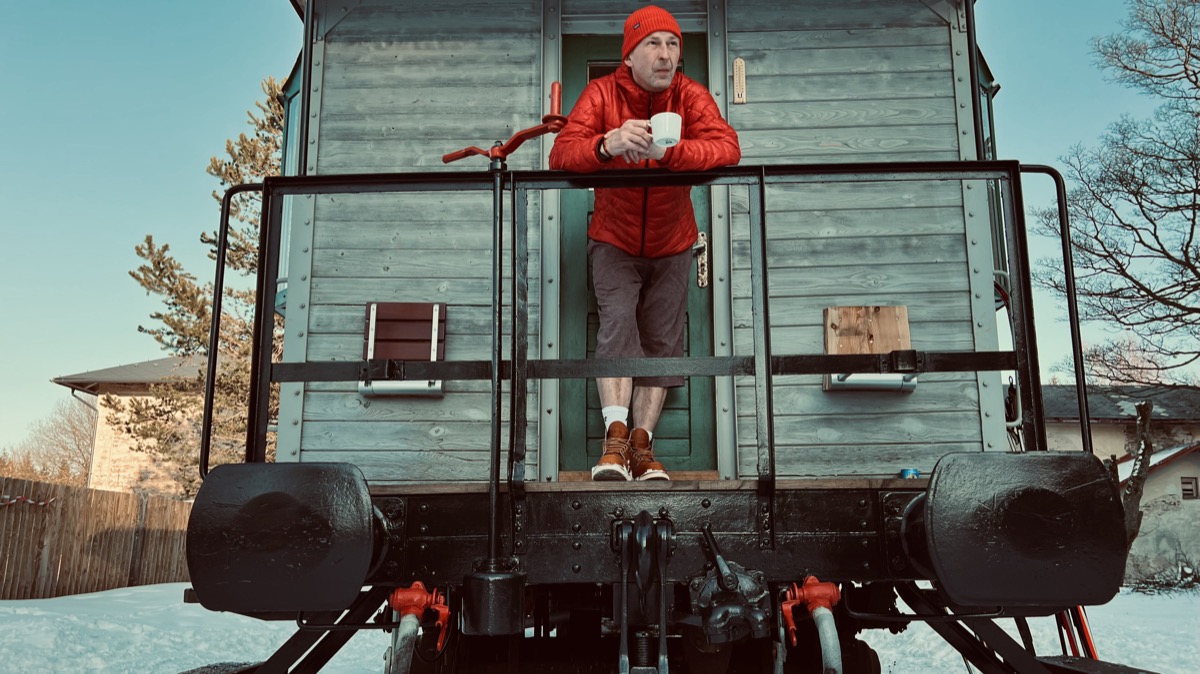
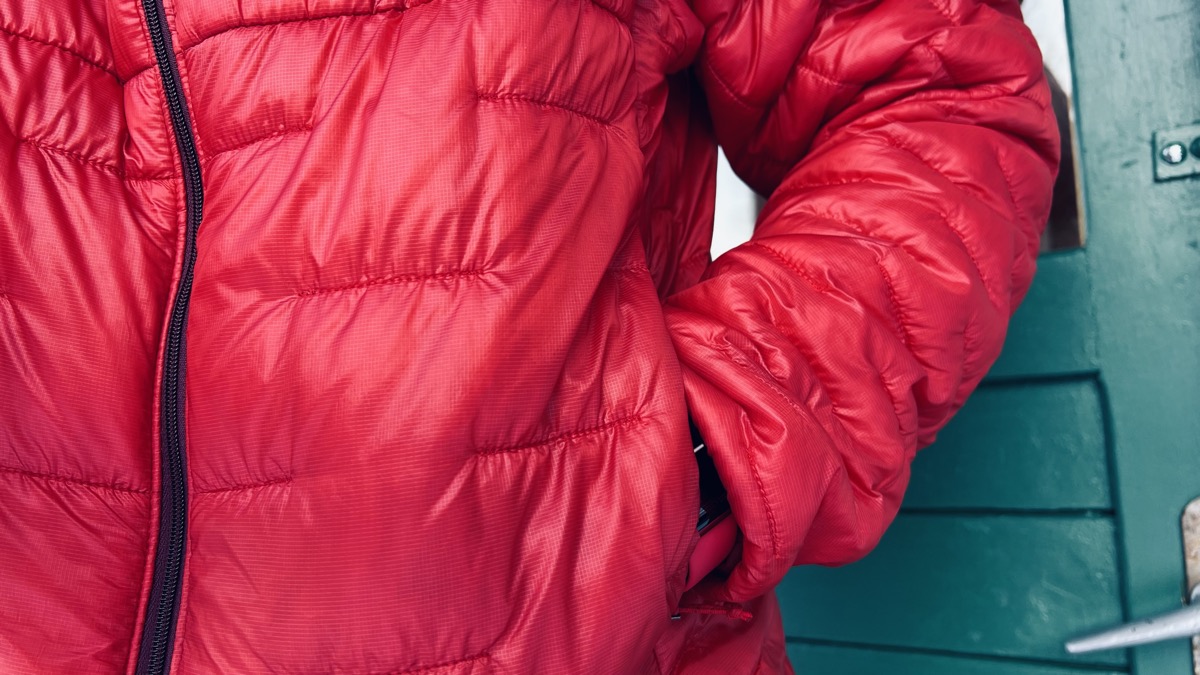
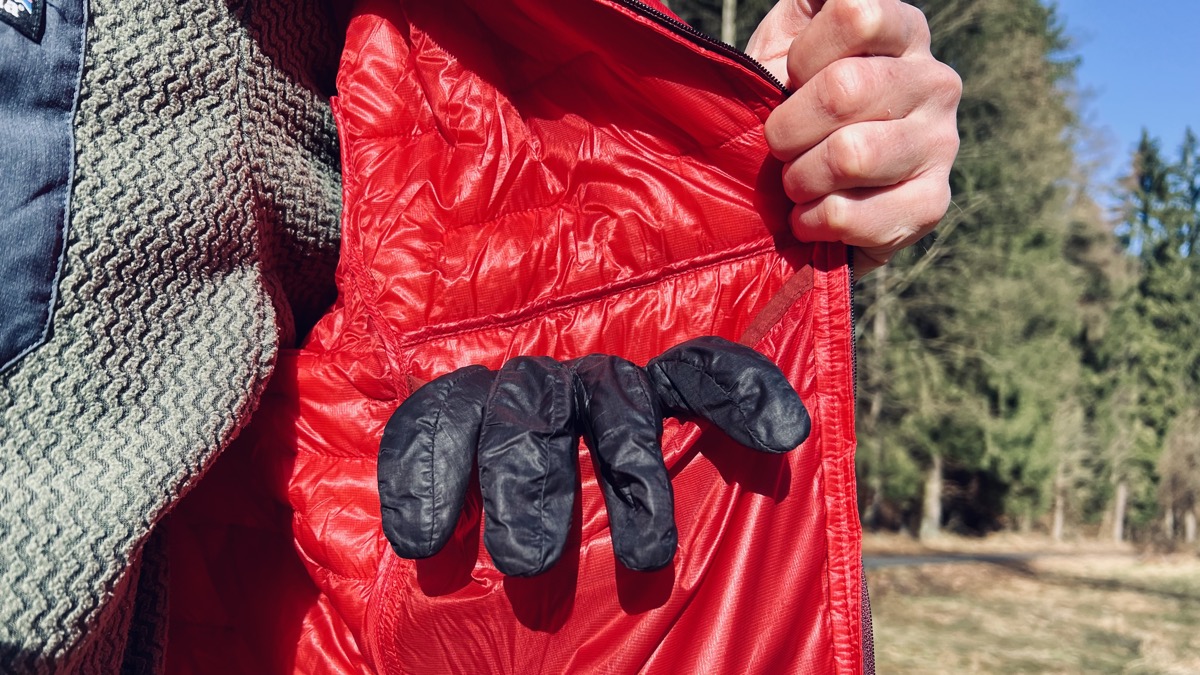
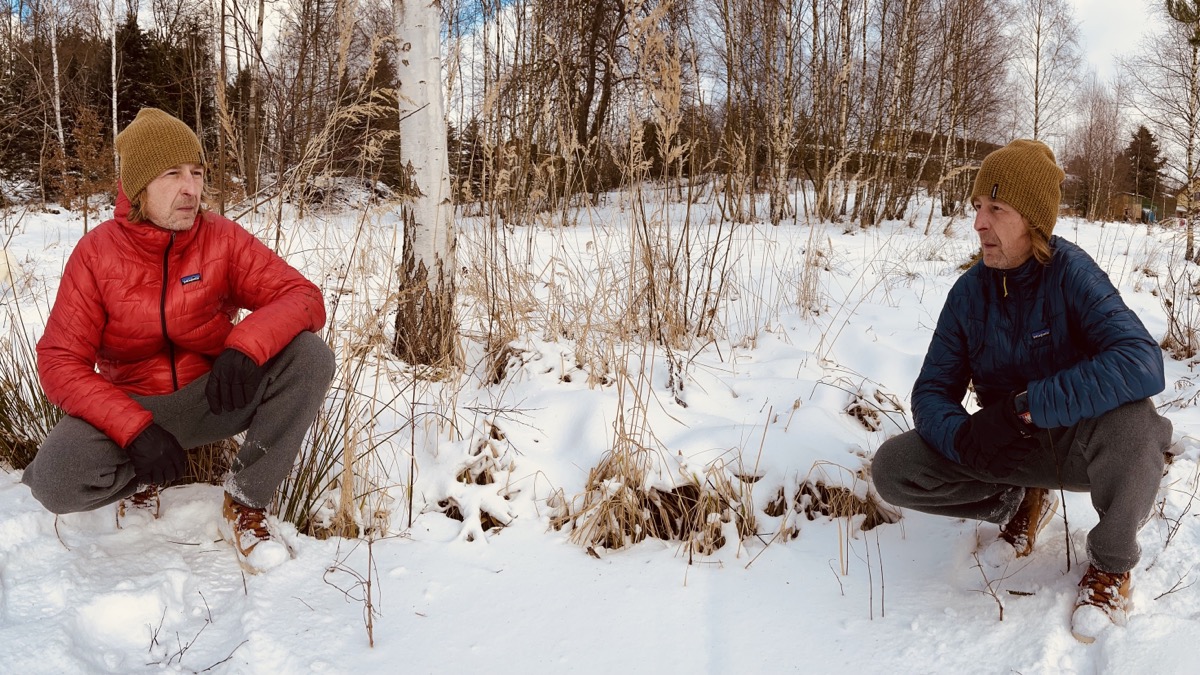
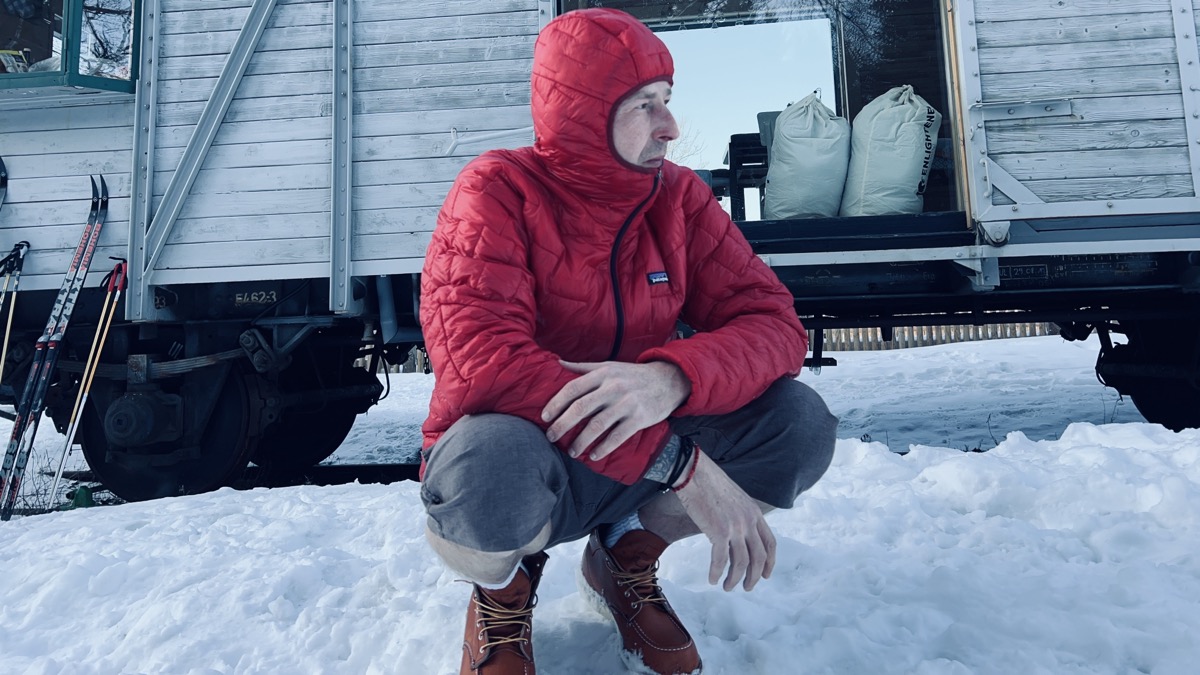
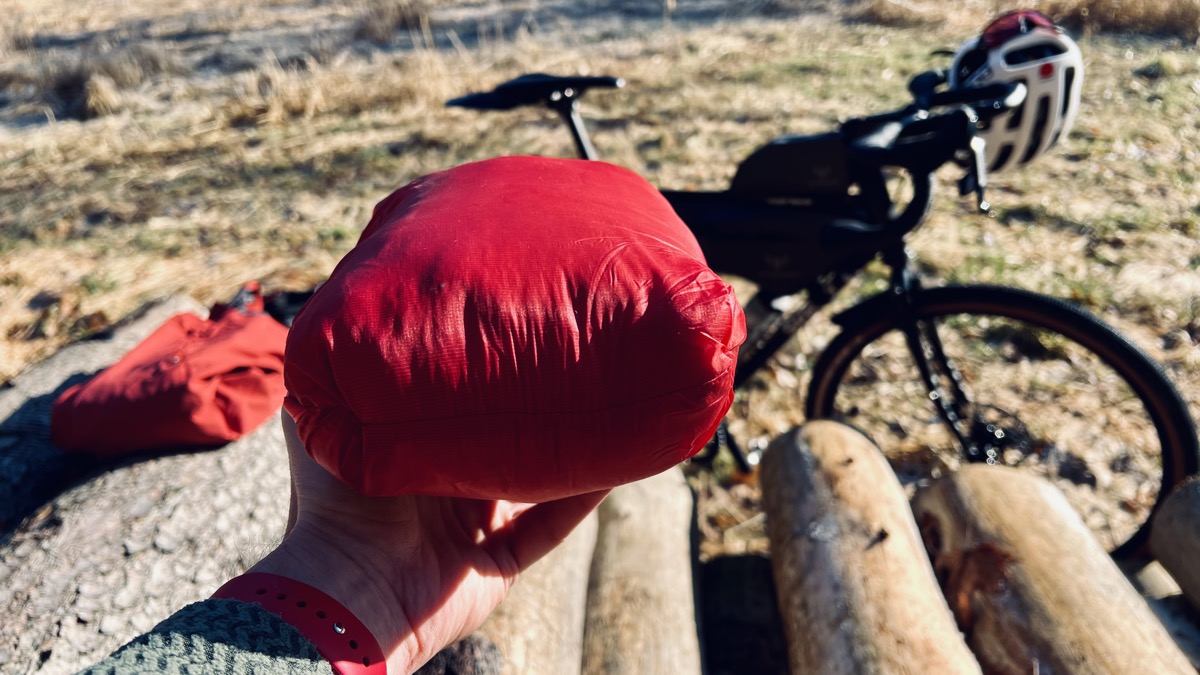
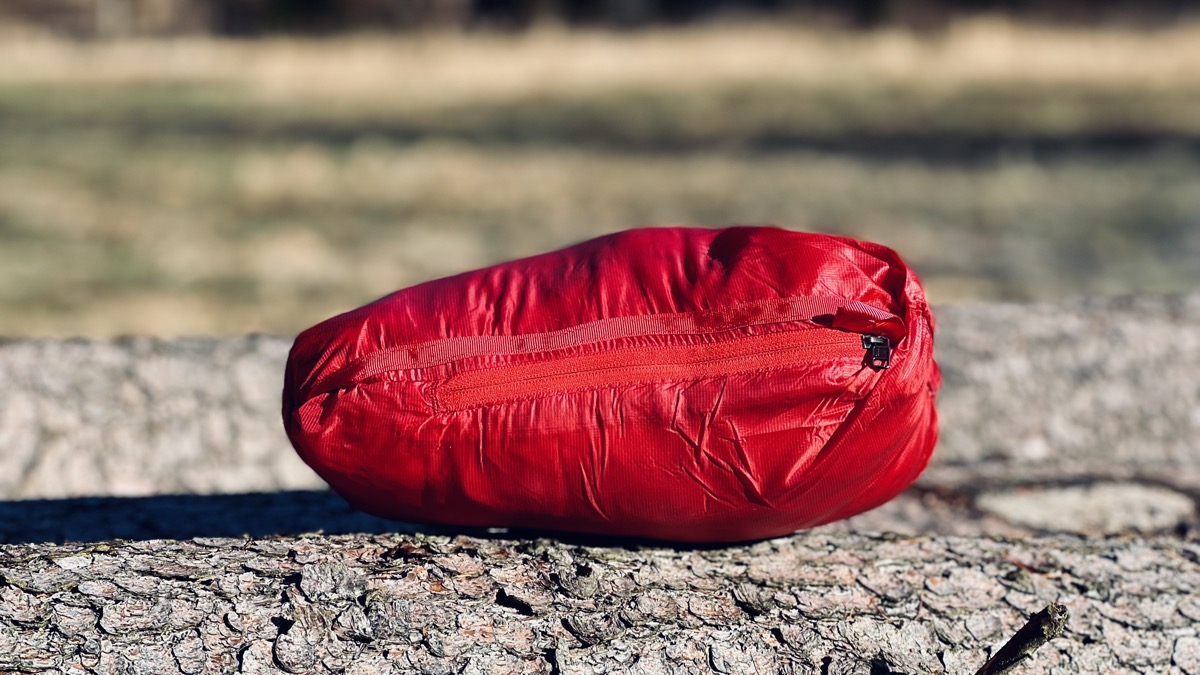
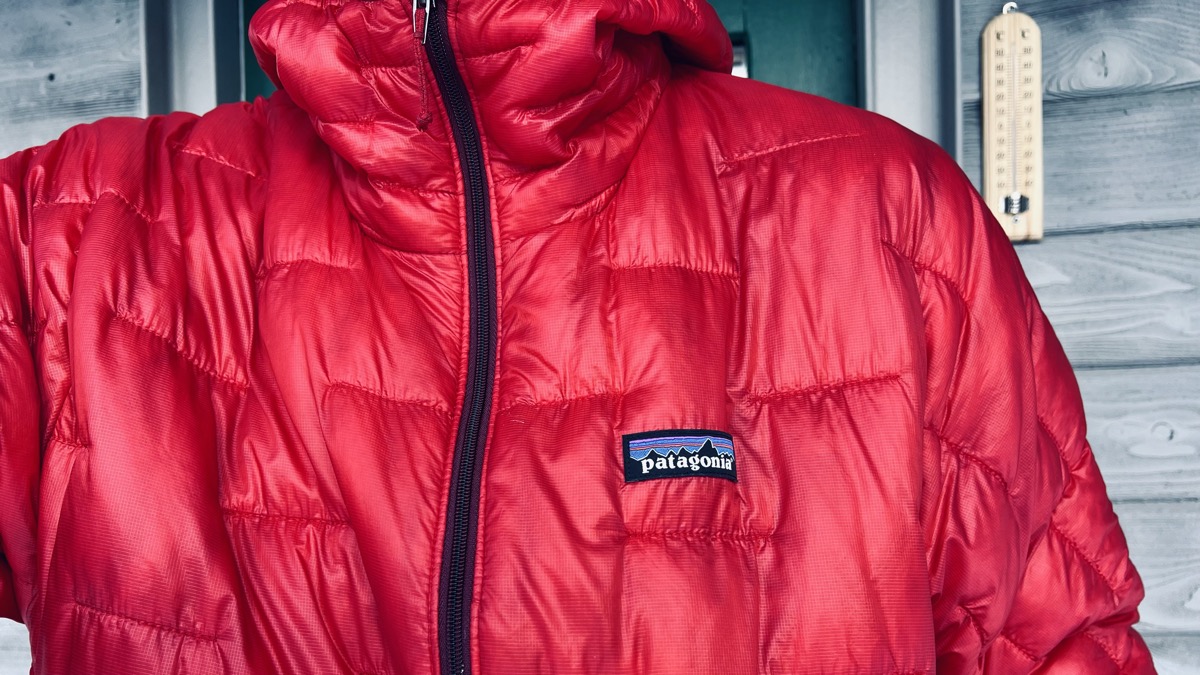
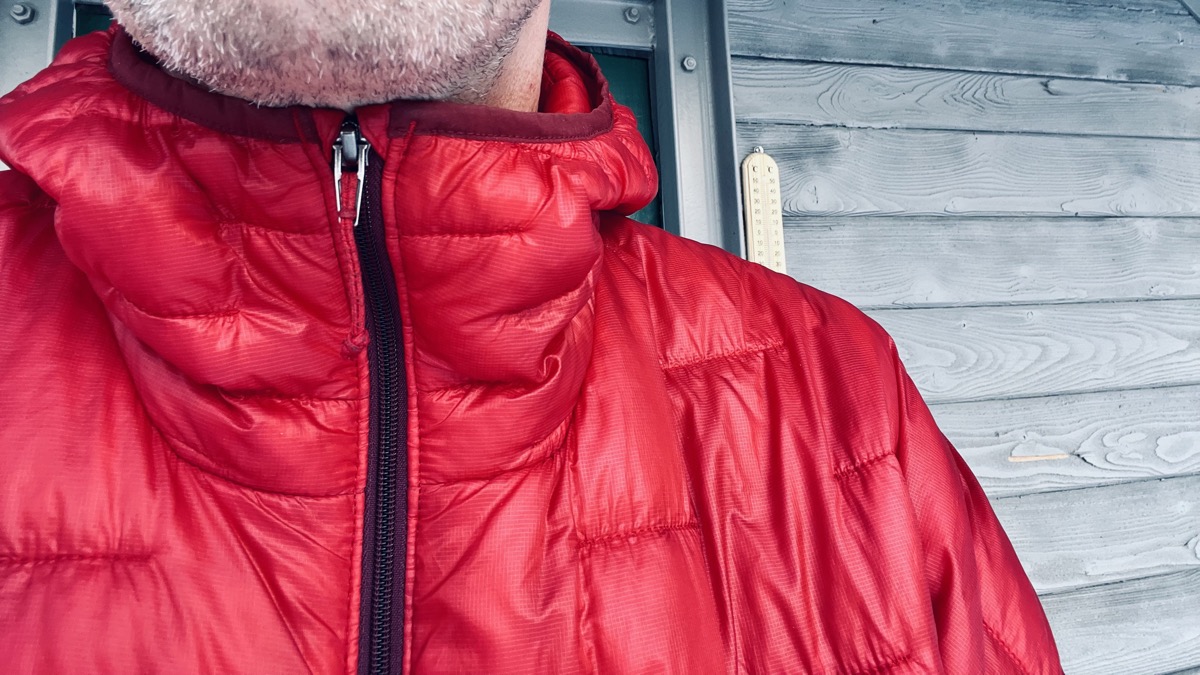

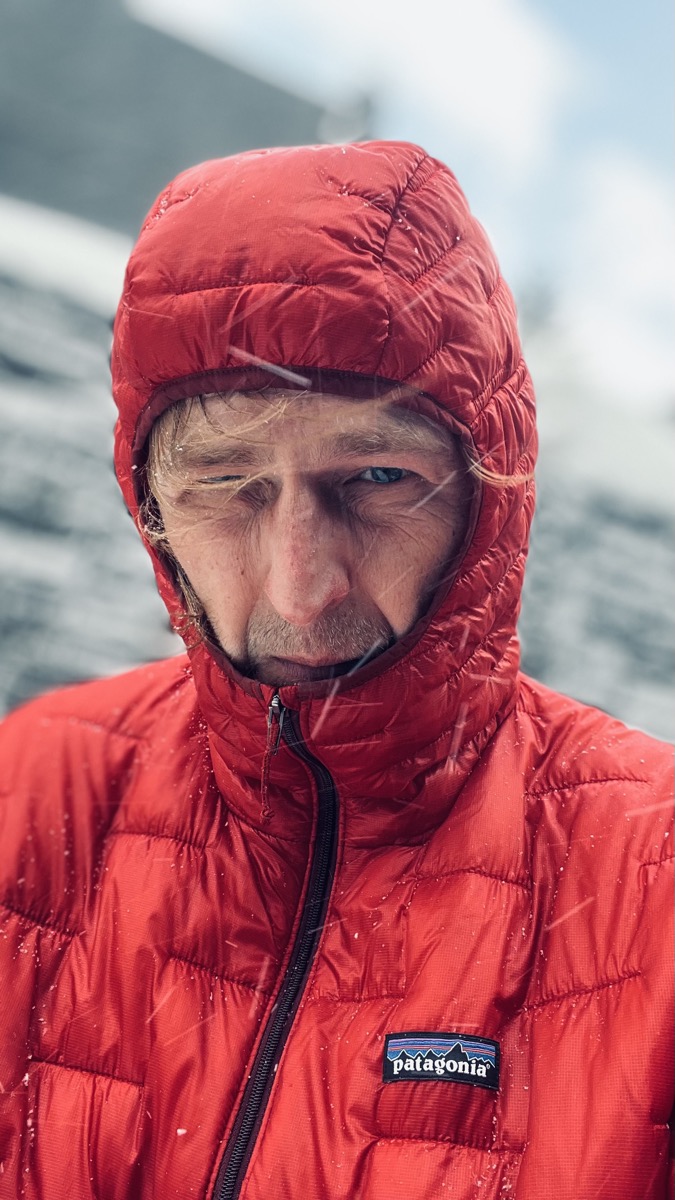
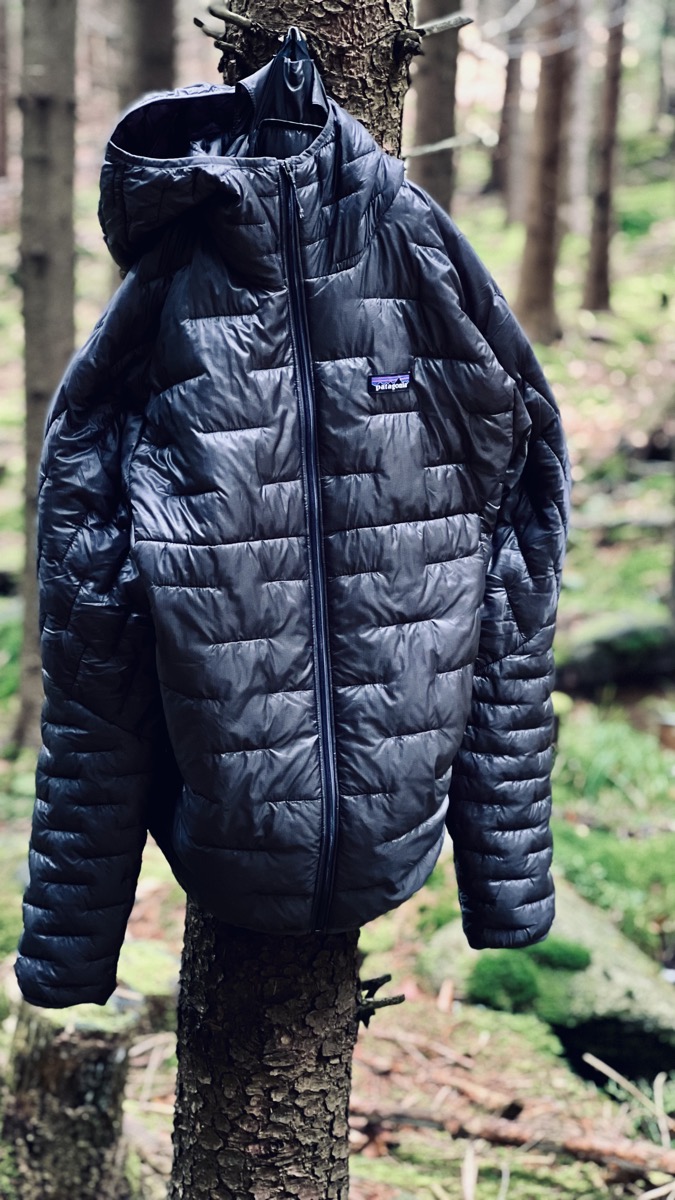
 250 €
250 € 303 g
303 g L
L Pertex, PlumaFill
Pertex, PlumaFill
Discussion